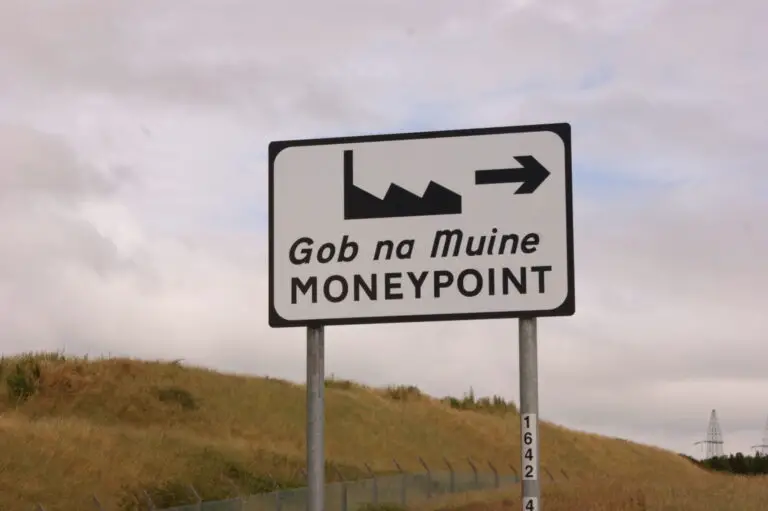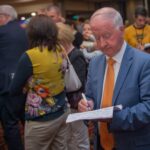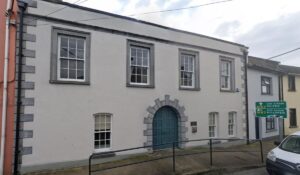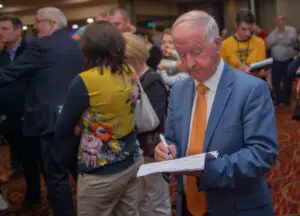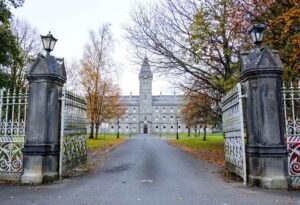MINISTER FOR THE ENVIRONMENT, Eamon Ryan (GP) has pinpointed Moneypoint as a vital component in Ireland reducing its energy emissions.
Members of the Shannon Estuary Economic Taskforce are currently assessing the strategic strengths and comparative advantages of the Estuary will be assessed by the Taskforce while also scoping out potential economic opportunities. The group is to have a report compiled by the end of November.
Chairperson of the Taskforce, Barry O’Sullivan recently met with Minister Ryan and for the Green Party leader their engagement hammered home the possibilities for the entire region surrounding the Shannon Estuary.
During his time as Minister for Communications, Energy and Natural Resources from 2007 to 2011, Ryan set a target of 40 percent of the country’s energy coming from renewable sources, this was met in 2020. Now, he wants this doubled to 80 percent by 2030. “I’m convinced we can do it, one of the ways we can do it is by switching offshore, our sea area is seven times our land area, there is a limit in Kerry as to how much turbines you can put up in any area but at sea, the resource is huge and the wind power is really strong,” he stated.
Offshore wind energy by Moneypoint is central to this. Speaking on Radio Kerry’s flagship current affairs show, Kerry Today, Minister Ryan outlined, “We will have a lot of offshore wind which will come into shore at the Shannon Estuary, that’s where we have the deep-water port. If you look at what the likes of ESB are proposing and look at Moneypoint on the other side of the Estuary and similar with Tarbert on this side, you’ve all you need there, you have a really good deep water jetty so any ships can get in, you have a platform there which you could deploy turbines out but what the ESB want to do, you bring the offshore wind in there, you use the grid which we have, there’s major electricity wires connecting to both Tarbert and Moneypoint, you can put that electricity onto that grid to power the country.
“When the wind isn’t blowing, the ESB are saying we should do and everyone in Europe is now talking about and starting to do, you convert the electricity into hydrogen and use electrolysis, it is a new but advancing technology, when the wind isn’t blowing you burn the hydrogen to generate power and you run the power out on the same grid, you have a continuous stable electricity source,” he explained.
An auction for the country’s first “major offshore projects” is to commence this year on the east coast, Minister Ryan said. “Most of them you drive the turbines into the sand banks on the coast, we’re now planning phase two which goes to the west and south-west, it can be done”.
In the past fortnight, the Irish government approved the procurement of 450 megawatts of emergency generators to help close the gap over winter if there was no wind to generate power and one of the larger power stations experienced a shutdown, this will cost €350m.
Minister Ryan insisted that this was necessary. “We will have emergency generators to provide back up as well, we do need that, the really big strategic option by 2030 what we’re planning to have is 5GW of offshore wind and to put that in scale, that is equivalent to the amount of energy we’re using at the current time. We by 2030 can deliver that level, then the following decade and this is the really big industrial plan for the country, we can use that to go further to really tap into the scale of power that is available”.

